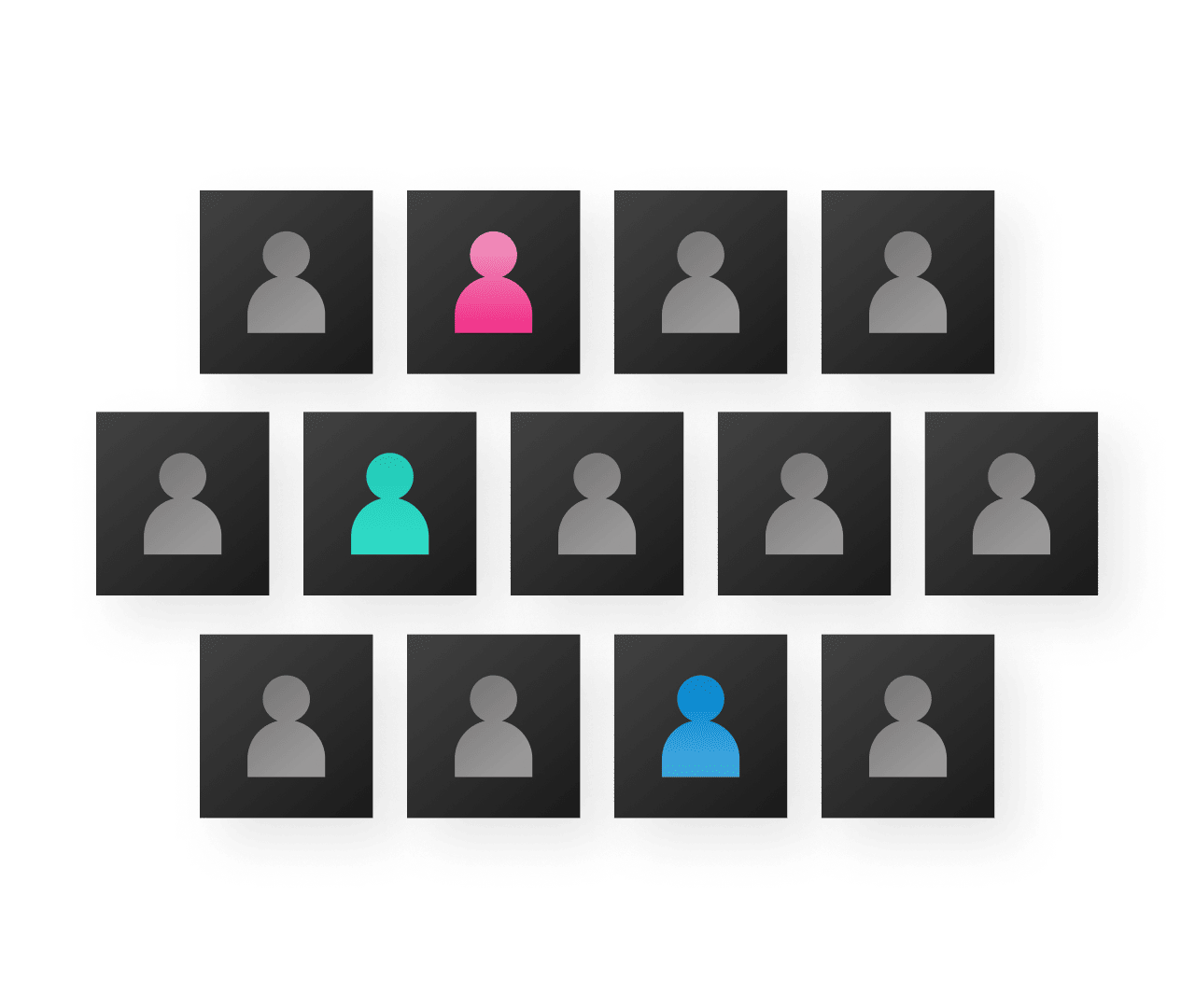
Front end developers are required to create user interfaces and optimize the performance of web applications. They are responsible for ensuring that information is exchanged between clients and web pages is efficient. These professionals collaborate closely with back-end programmers to create websites and applications. For example, they are involved in designing applications for Amazon, Facebook, and other online shopping sites.
You must have a solid programming foundation to become a front-end developer. You must have basic design knowledge, as well as communication and critical thinking skills. You will need to have an eye for detail, as well as a willingness and ability to experiment.

There are many online courses available that will teach you how to be a front end web developer. Some of these courses can teach you to debug web pages, while others can give you a comprehensive understanding of front-end development. The certification program will help boost your resume, and open up new employment opportunities. Several certifying bodies have a list of steps to follow in order to receive professional certification.
The front-end developers create web user interfaces using a variety technology. This includes HTML and JavaScript. This programming language allows you to create responsive web designs. It is used to develop websites for different purposes, including mobile and tablet applications.
JavaScript is the basis of many popular libraries, and frameworks. Many of these are useful for adding interactivity to web pages. It is necessary to have an understanding of JavaScript in order to be able to utilize them. Also, learning the basics and frameworks of a language can help to resolve performance issues in real web applications.
An in-depth course for front-end developers provides an overview of the tools, techniques, concepts, and methods involved in creating web interfaces. This course covers many topics, including responsive layouts and version control as well as testing suites. Students are also eligible to participate in group-based portfolio building projects for community groups.

Educative provides an online education platform that offers a career pathway in front-end programming. The Career Path will teach students the basics of web design and the frameworks needed to make a website successful. To demonstrate their proficiency, students can complete a variety of assignments and projects at the conclusion of the program. Students can also get a completion certificate that can be uploaded to their professional profile.
Similarly, Udacity offers a complete degree-level course in front-end development. The course takes approximately four months to complete. Students will have the opportunity to work with a mentor technical support and complete five projects in class. Students will gain a working knowledge JavaScript, HTML, GIT, and other technologies after the course.
Colt Steele, a programmer and instructor at Bootcamp, shows students how to create a classic meme-generating program. He offers clear instructions in an easy-to-understand manner. His students learn how to create their own web applications with React. Upon completion of the program, students can apply for jobs with top companies.
FAQ
WordPress: Is it a CMS or not?
The answer is yes. It's a Content Management System (CMS). Instead of using Dreamweaver or Frontpage, a CMS lets you manage your website content directly from your web browser.
WordPress is absolutely free! Hosting, which is usually provided by your ISP, is free.
WordPress was initially intended to be used as a blog platform. Now, WordPress offers many different options: eCommerce sites, forums. Membership websites. Portfolios.
WordPress is easy to install and set up. You must download the installation file from their website and upload it onto your server. Then, you simply visit your domain name through your web browser and log in to your new site.
After installing WordPress on your computer, you'll need a username and a password. Once you log in, you will be able to access your settings from a dashboard.
This is where you can add pages or posts, images and links to them. This step may be skipped if you feel confident editing and creating content.
But if you'd rather work with someone, you can hire a professional website designer to handle everything.
What kind of websites should I make?
This question is dependent on your goals. It may be best to sell online your products to build a company around your website. This can only be achieved by building a solid eCommerce website.
Blogs, portfolios, as well as forums are some other popular web types. Each requires different skills. You will need to be familiar with blogging platforms like Blogger or WordPress if you wish to create a blog.
When you choose a platform, you will also need to figure out how to customize the look of your site. You can find many free templates and themes for every platform.
After you have chosen a platform, it is time to add content. Images, videos, text, and other media can all be added to your pages.
Your new website is ready to be published online. Visitors can access your website in their browsers once it is published.
Can I use HTML & CCS to build my website?
Yes! You should be able to create a website if you have been following the instructions.
You now know how to build a website structure. Now you need to learn HTML and CSS coding.
HTML stands for HyperText Markup Language. Think of it like writing a recipe for a dish. You'd list the ingredients, instructions, along with directions. HTML can also be used to inform a computer if certain parts of text should appear bold, underlined and italicized. It is the language of documents.
CSS stands as Cascading Stylesheets. You can think of CSS as a style sheet for recipes. Instead of listing each ingredient and instructing, you can write down general guidelines for font sizes, colors and spacing.
HTML tells the browser how a page should look; CSS tells it what to do.
You don't have to be a prodigy if you don’t get the terms. Follow the tutorials and you will soon be creating beautiful websites.
How can I make a website for free?
This will depend on the type and purpose of your website. Do you want to sell online products, start a blog, build a portfolio, or both?
It's possible to make a website that is essential using HTML and CSS. It is possible to make a basic website with HTML and CSS. However, many web developers recommend using a WYSIWYG editor, such as Frontpage or Dreamweaver.
A freelance developer may be the best choice if you don't have any experience in designing websites. A freelance developer can create a website tailored to your needs.
Freelancers can charge a flat fee or an hourly rate. It depends on the amount of work that they do in a given time frame.
For example, you might pay $50-$100 an hour to a company. For larger projects, rates are usually higher.
A lot of freelance websites offer job listings. You can also search on those websites before you reach out to developers.
What technical skills do I need to design and construct my site?
No. You just need to be familiar with HTML and CSS. There are many tutorials available online that can teach both HTML or CSS.
Statistics
- At this point, it's important to note that just because a web trend is current, it doesn't mean it's necessarily right for you.48% of people cite design as the most important factor of a website, (websitebuilderexpert.com)
- The average website user will read about 20% of the text on any given page, so it's crucial to entice them with an appropriate vibe. (websitebuilderexpert.com)
- It enables you to sell your music directly on your website and keep 100% of the profits. (wix.com)
- It's estimated that chatbots could reduce this by 30%. Gone are the days when chatbots were mere gimmicks – now, they're becoming ever more essential to customer-facing services. (websitebuilderexpert.com)
- Did you know videos can boost organic search traffic to your website by 157%? (wix.com)
External Links
How To
Drupal 7 Web Design Guide
Drupal is the most used Content Management System (CMS) of today. It was developed in 2003 by Dries buytaert of Belgium. Named after the names of its two developers, Dirk Buijtewaard (from Belgium) and Pierre d'Herbemont (from France). Drupal was opened source in 2005. Since then there have been many versions. Drupal is used worldwide by many websites and businesses.
Drupal is popular because of many reasons. Drupal is free to download, and easy to install. It is simple to customize and expand. It is also very well documented. Fourth, it provides great support through forums and IRC channels. Fifth, it is extensible via modules. Sixth it supports multiple languages. It is easy customizable. Eighth, it is scalable. Ninth, it's secure. Tenth, it's reliable. Finally, it is supported by the community. Drupal is a great choice for your next project because of all these factors.
You may be wondering what makes Drupal different than other CMS systems. The answer is simple. Drupal is an Open-Source Content Management System. Drupal is free to download and use. Drupal gives you complete control of your website. You can add or remove pages, change colors, fonts, images, videos, etc.
Drupal is a great option for anyone who doesn't have any technical skills and wants to create a website. You don't have to be a programmer to build your website, unlike other CMS. Only you will need to be able to use the basic functions of Drupal. This will allow you to customize your website as per your requirements.
Drupal also offers many pre-built themes as well as plugins. These plugins help you to enhance your site's functionality. You can use the Contact Form module, for example, to collect visitor contact information. Google Maps also allows you to display Google Maps on your website. There are thousands of ready-made templates that come with Drupal. These templates give your website a professionally designed look.
Moreover, Drupal is highly flexible. You can add new modules and even replace existing ones without worrying about compatibility issues. It's easy to integrate social media on your website. You can also set RSS feeds up, subscribe to e-mails, and many other things.
Drupal can also be customized. Drupal lets you add custom fields, forms, manage users and much more. You can also create complex layouts with Drupal.
Drupal is also reliable and sturdy. It is stable and can scale. It offers outstanding security features. Drupal is well worth looking into if you are looking for a web development platform that works.